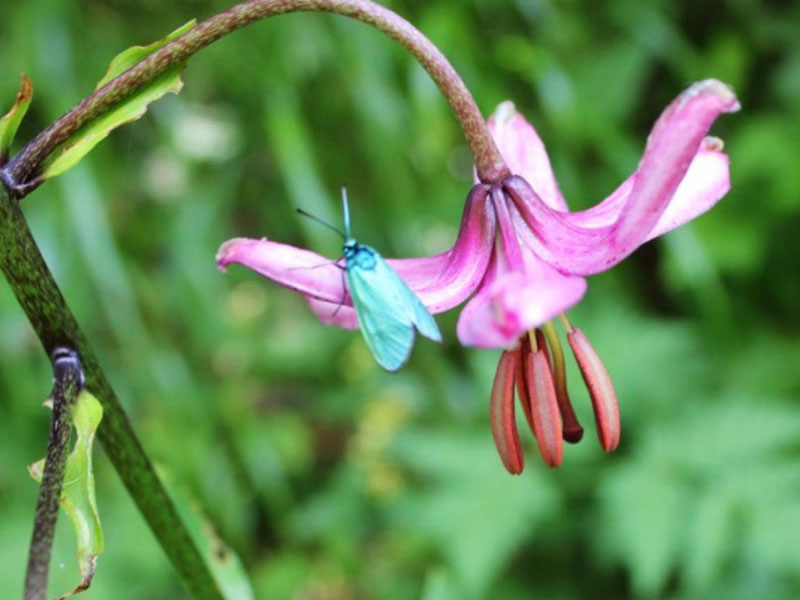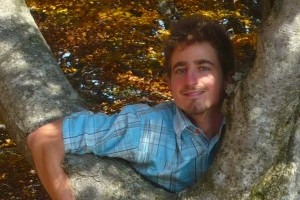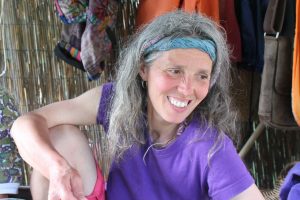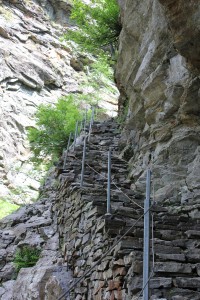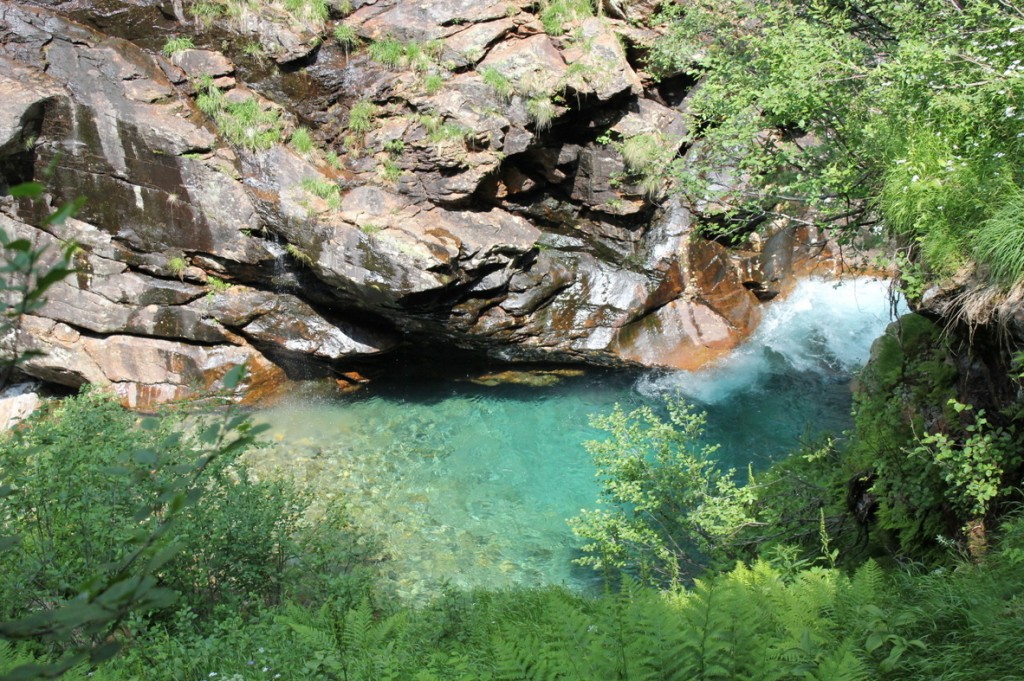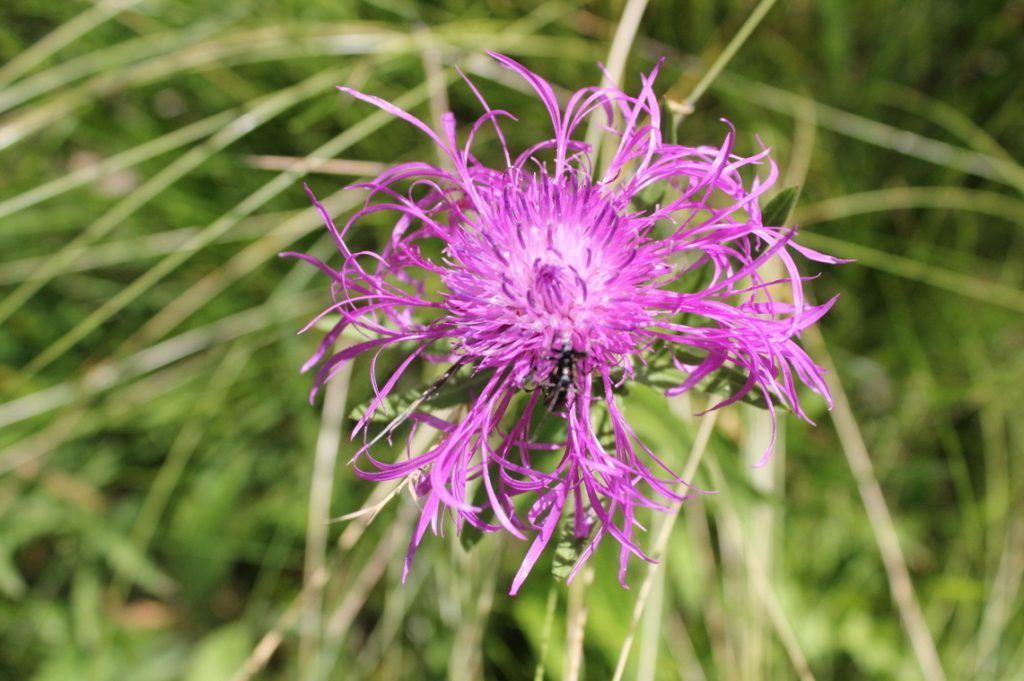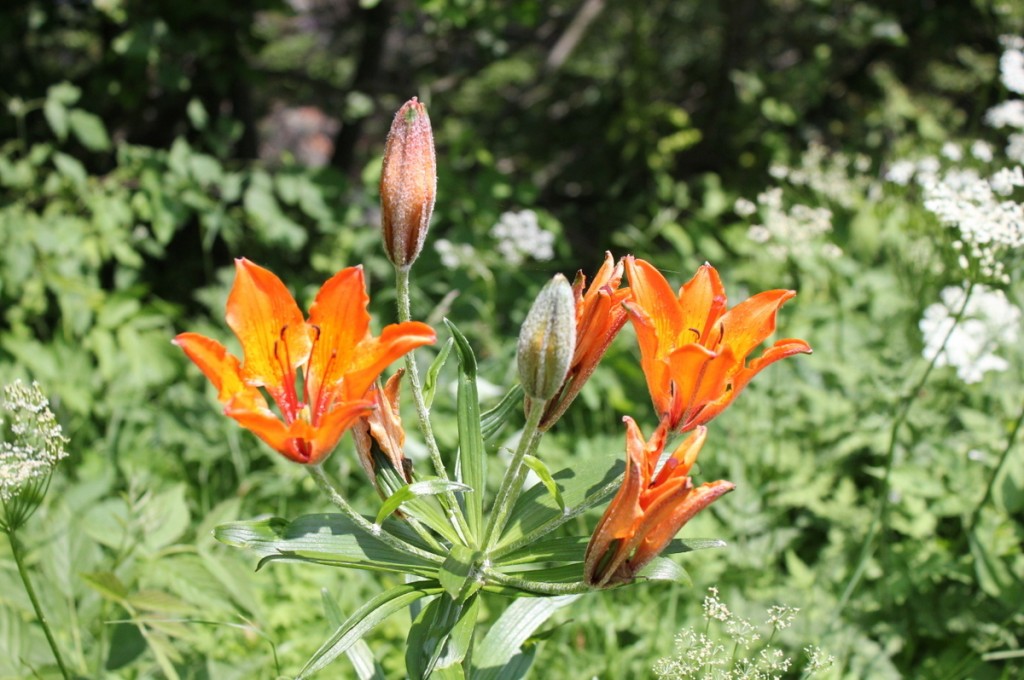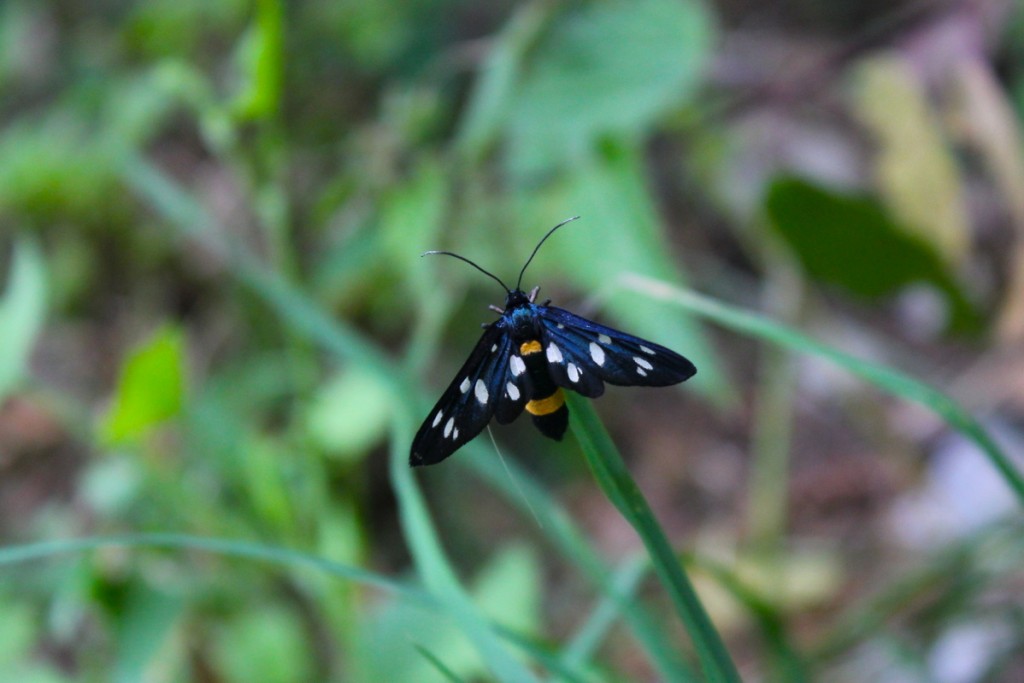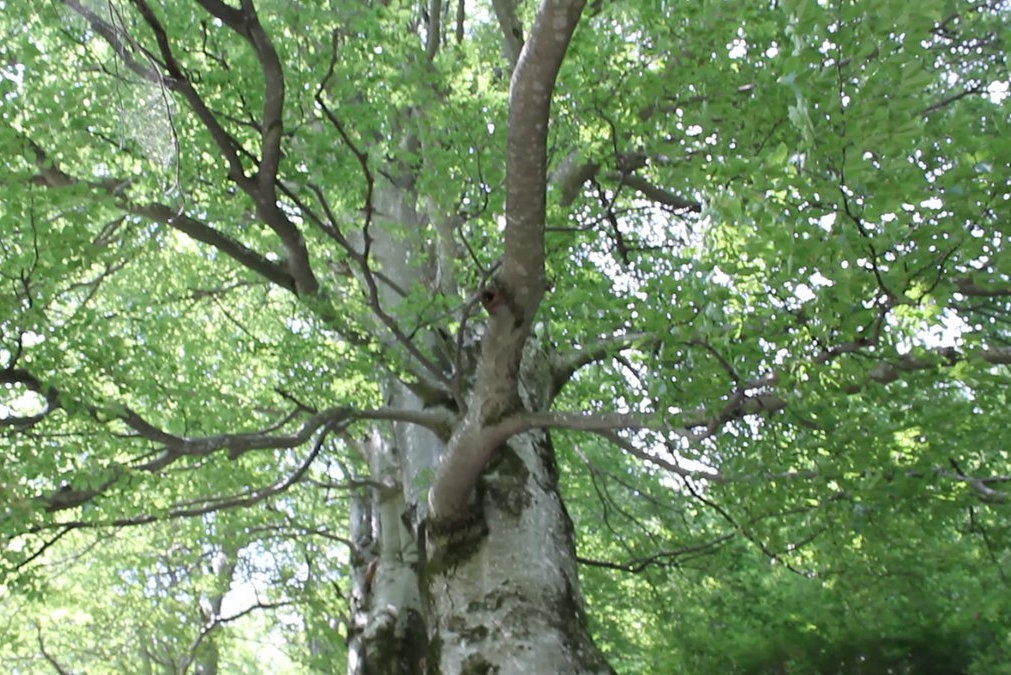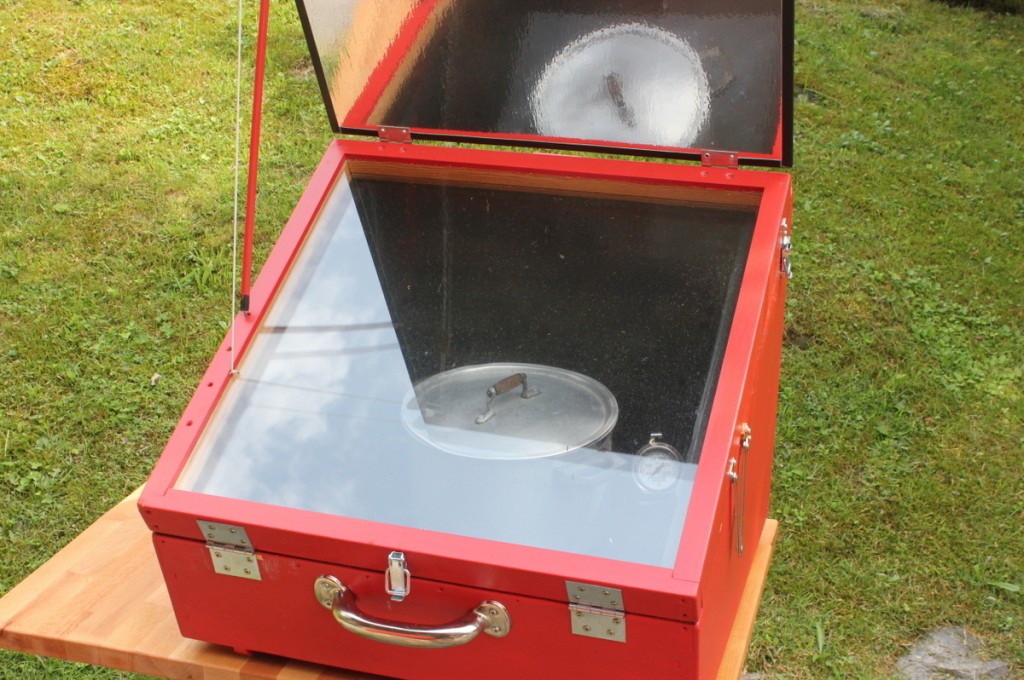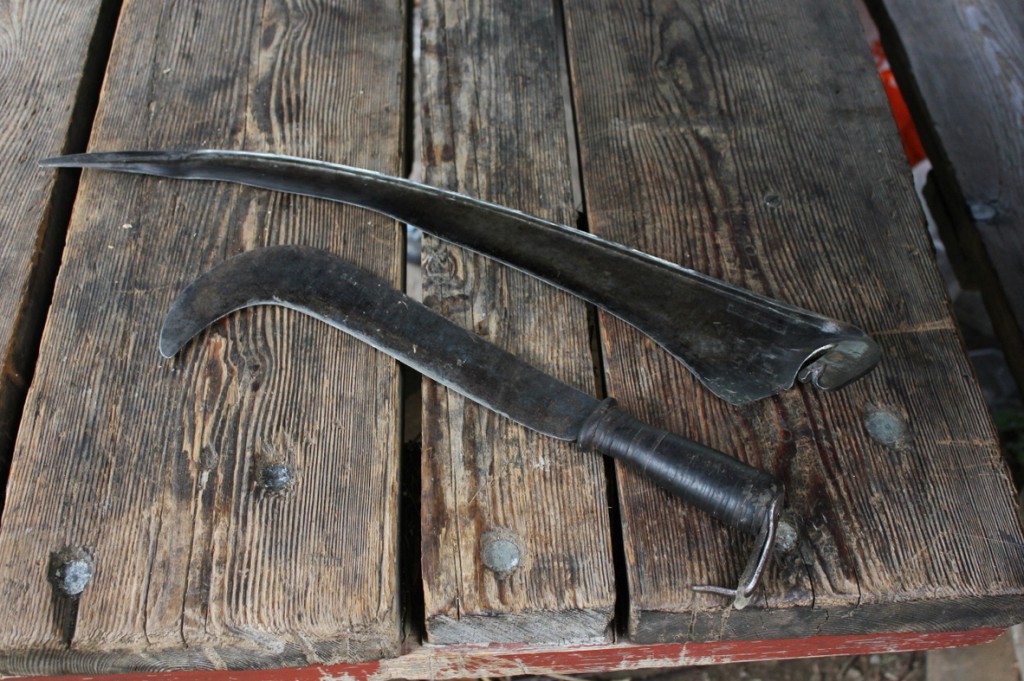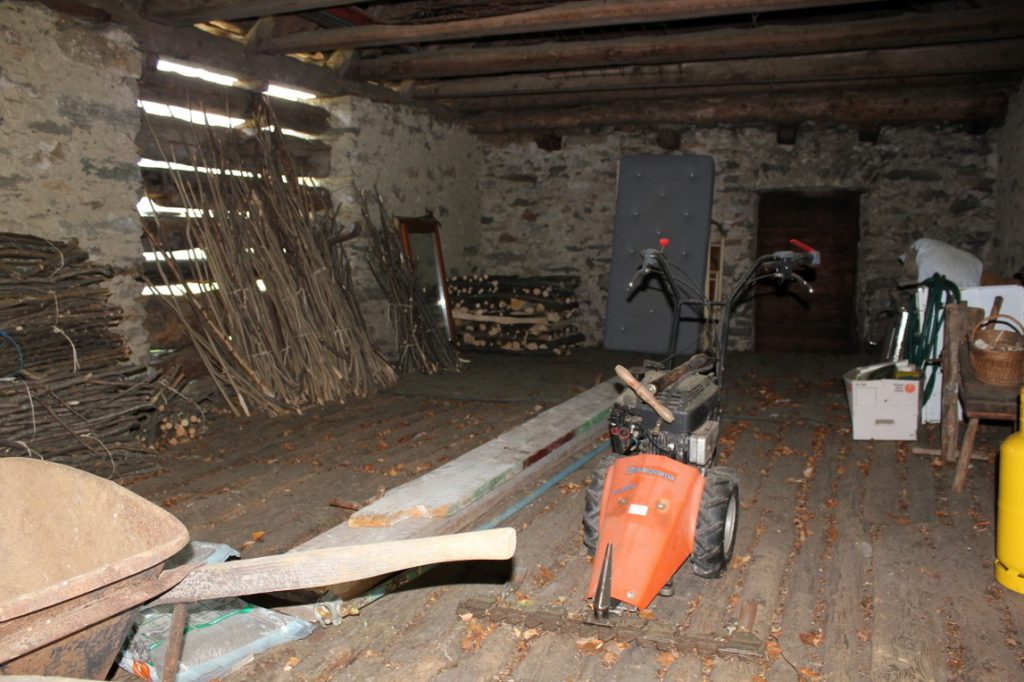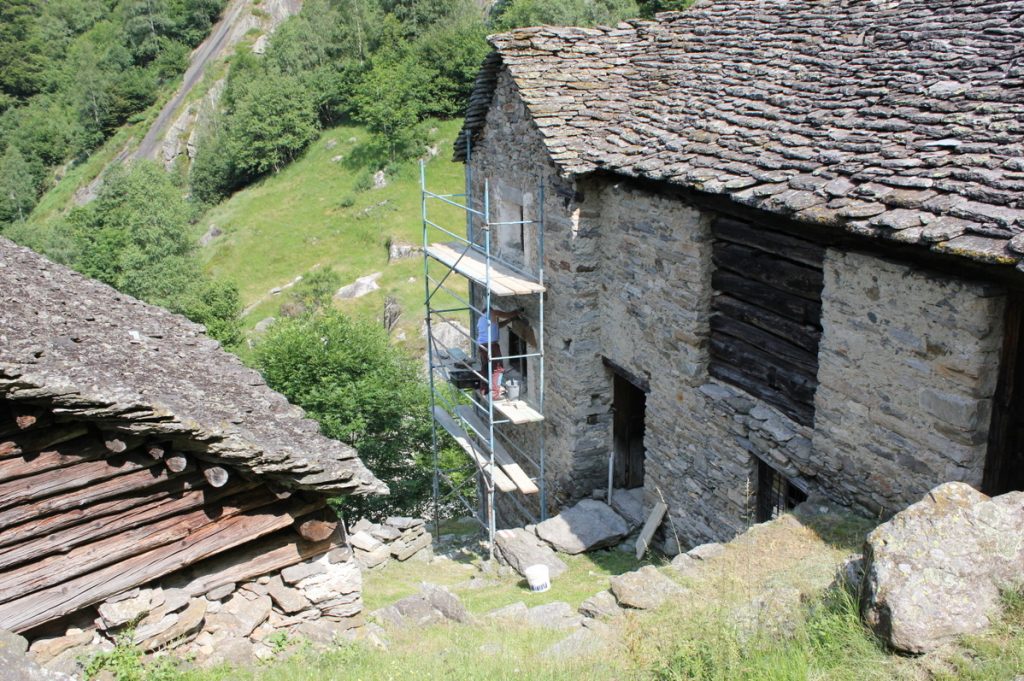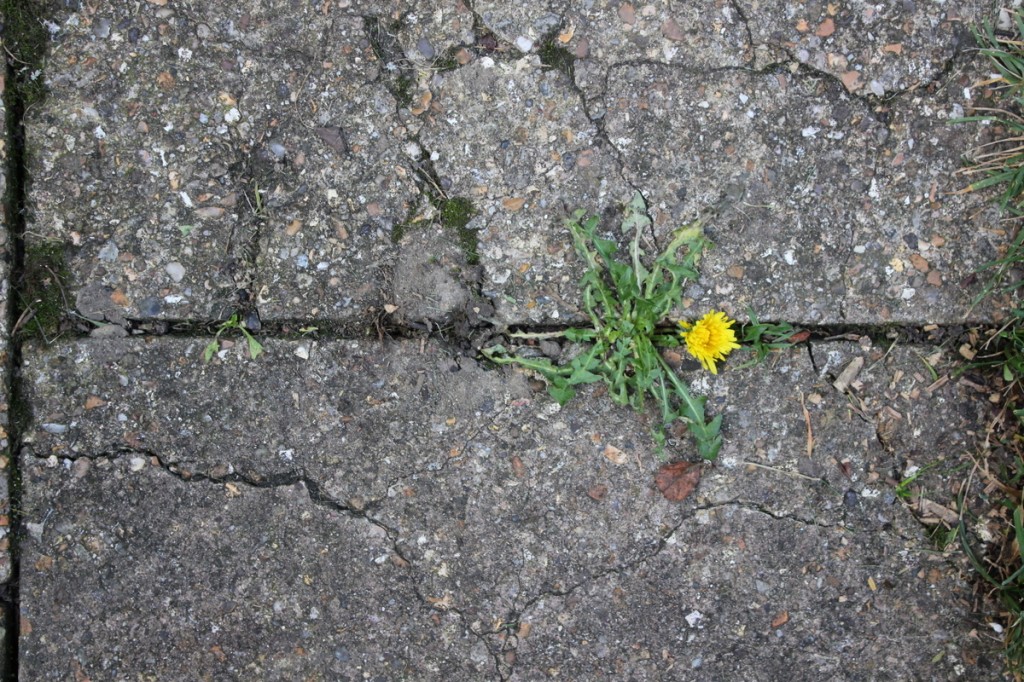For many years I have taken retreats in nature, and I have been inspired by some of the people living in, and work for, nature. The great possibility of individuals and organisations working together to save nature became very apparent to me. This page presents some of their stories.
``Ai Monti`` – an example of working together to help nature.
“I decided to work in nature simply because it is healthy and it allows one to follow the rhythm of the universe. We are the only living creatures that have created the artificial (as opposed to the natural); this should make us reflect... My favourite sentence: “When we no longer have any room for nature, she will no longer have room for us.” (Calvin and Hobbes, by Bill Watterson).”
Vasco
“I think a small cosmos like the tiny villages becomes an integral part of our life. The city is too anonymous and sterile for us. And then growing up in nature, we are not aware of it, but it becomes part of us, it is our natural habitat. In comparison, it would be like taking wild animals into captivity: they would suffer too much and they would never adjust to a different type of life.”
Plinia
Revisiting Ticino, (South Switzerland) after 19 years
“Ai Monti” literally translated means “Up on the mountain”, and could be anywhere in the Ticino. In 1994 the age-old practice of agriculture and community was vanishing, and with it the care of the land. As a result, land around the Alps was deteriorating, and farm buildings were collapsing. This has been observed in many places around the world. By 2013, new people had come to the area and were working with local organisations to preserve nature, with the result that the condition of the forests was improving. A mountain nearby has been declared a sanctuary for wildlife, and the Tourist Board maintains 800km of mountain footpaths in good condition, mainly through the work of volunteers.
Ai Monti in 2013 Pure air and clean water! The forest is abundant and healthier than it was in 1994, and in many places, it has taken over previously cultivated pastures or villages. New life has come to Ai Monti: houses are being renovated and vegetables patches exist again, donkeys graze in the area once more, there are goats, and many beehives producing organic honey. In keeping with local tradition, wood is still used for heating, and sometimes for cooking. But modern tools and methods are also used alongside traditional ones: for example, electricity, which was not available at Ai Monti in 1994, is produced by solar panels and some people have solar cookers. Tasks such as regulating the water supply to the few houses are undertaken communally.
Mountain refuges
All over Switzerland there are refuges belonging to various organisations where mountain climbers and hikers can spend the night. This new refuge used to be a barn in bad repair and was donated by the local government to be converted into a refuge by volunteers. It sleeps 35 people and is open from the spring to the autumn. Volunteers run the refuge and school children visit to enjoy and learn about nature. There is now a protected area for marmots and, although milk cows no longer graze there, highland cattle have been introduced to keep the terrain in good condition.
This dandelion’s environment affects its ‘epigenetics’ – the way in which its genes work. Living in a cramped place, it is has flowered early, prioritising the survival of its species over reaching its individual full potential. People’s epigenetics are also influenced by their environment, be that living in an overcrowded city, or in nature with ample space.
Link to ‘Reflections on Change‘

